Robotic Process Automation (RPA) is revolutionizing business operations across industries. This technology empowers organizations to automate repetitive tasks, boost efficiency, and drive growth. Let's explore what RPA is, why it matters, and how it benefits businesses.
RPA utilizes software 'bots' to automate rule-based, repetitive tasks. These digital workers interact with computer systems and applications, mimicking human actions but with greater speed, accuracy, and consistency.
Robotic Process Automation software is a technological tool that enables the creation, deployment, and management of software robots. These bots emulate human interactions with digital systems to execute business processes. RPA software allows organizations to configure computer software or a "robot" to capture and interpret existing applications for processing transactions, manipulating data, triggering responses, and communicating with other digital systems.
Importance of RPA in Business
RPA addresses several critical business needs:
1. Operational Optimization: Streamlines processes by automating routine tasks.
2. Cost Reduction: Lowers operational expenses through efficient task execution.
3. Error Minimization: Improves data accuracy by eliminating human errors.
4. Scalability: Enables rapid scaling of operations without proportional increases in headcount.
5. Compliance Enhancement: Ensures consistent, auditable processes.
This article will examine 13 real-world RPA examples, demonstrating how businesses leverage this technology to optimize operations, reduce costs, and gain competitive advantages.
13 Real World Examples of RPA
1. Payroll Processing
RPA revolutionizes payroll processing by automating time-consuming and error-prone tasks. The software bots can extract employee data from various sources, calculate wages, deductions, and taxes, and generate payslips with minimal human intervention. RPA ensures accuracy in calculations, timely processing of payroll, and compliance with tax regulations. It can also handle complex scenarios such as multiple pay rates, overtime calculations, and benefit deductions. By streamlining payroll operations, businesses can significantly reduce processing time, minimize errors, and allow HR staff to focus on more strategic tasks.
2. Employee Onboarding
The RPA assists in automating the onboarding process of employees by enrolling their names, scheduling meetings, induction classes, and sending them automated messages and emails regarding their responsibilities. RPA provides the best solution to ensure that the onboarding of each employee is in accordance with the regular and pre-set process and that they receive all the relevant information to work with company guidelines. Additionally, RPA can automate the creation of employee accounts across various systems, set up email addresses, and even prepare workstations by installing necessary software. This not only speeds up the onboarding process but also ensures a consistent and positive experience for new hires.
3. Invoice Processing
RPA transforms invoice processing by automating the entire workflow from receipt to payment. The software bots can extract relevant data from invoices in various formats (PDF, scanned images, emails), validate the information against purchase orders and receipts, and enter the data into the accounting system. RPA can also handle exceptions by flagging discrepancies for human review. The automation extends to routing invoices for approval, matching them with purchase orders, and even initiating payments. This end-to-end automation significantly reduces processing time, minimizes errors, and improves vendor relationships through timely payments.
4. Claims Administration
In the insurance industry, RPA streamlines the claims administration process from initial filing to settlement. The bots can automatically extract information from claim forms, verify policy details, check for fraud indicators, and route claims to the appropriate department. For straightforward claims, RPA can even automate the entire process, including damage assessment using AI-powered image recognition, calculation of payout amounts, and initiation of payments. This automation significantly reduces processing time, improves accuracy, and enhances customer satisfaction through faster claim resolutions.
5. Account Reconciliation
RPA revolutionizes account reconciliation by automating the tedious process of comparing and matching financial records from different sources. The bots can extract data from various systems (banks, credit cards, internal accounting software), match transactions, identify discrepancies, and even resolve simple inconsistencies automatically. For complex issues, RPA can flag them for human review, providing all relevant information in one place. This automation not only saves time but also improves accuracy, reduces the risk of financial misstatements, and allows finance teams to focus on analyzing discrepancies rather than finding them.
6. Credit Card Applications
RPA streamlines the credit card application process by automating various stages from application intake to approval. The bots can extract information from application forms, verify applicant details against multiple databases, perform credit checks, and even make initial credit decisions based on predefined criteria. For applications requiring further review, RPA can compile all relevant information and route it to the appropriate underwriter. This automation significantly reduces processing time, improves accuracy in credit assessments, and enhances the customer experience through faster approvals.
7. Inventory Management
In inventory management, RPA plays a crucial role in maintaining optimal stock levels and streamlining supply chain operations. The bots can continuously monitor inventory levels across multiple locations, generate purchase orders when stock falls below predetermined levels, update inventory systems in real-time, and even predict future demand based on historical data and current trends. RPA can also automate the reconciliation of physical inventory counts with system records, flagging discrepancies for investigation. This comprehensive automation helps businesses reduce stockouts, optimize inventory levels, and improve overall supply chain efficiency.
8. Customer Complaints Handling
RPA enhances customer complaint handling by automating the intake, categorization, and routing of complaints. The bots can extract relevant information from various channels (emails, social media, web forms), categorize complaints based on keywords and sentiment analysis, and route them to the appropriate department. For common issues, RPA can even generate and send automated responses, significantly reducing response times. The system can also track the status of each complaint, send reminders for unresolved issues, and compile reports on complaint trends. This automation improves response times, ensures consistent handling of complaints, and provides valuable insights for improving customer satisfaction.
9. Expense Management
RPA transforms expense management by automating the entire process from expense submission to reimbursement. The bots can extract data from receipts (even photos taken by employees), categorize expenses, check for policy compliance, and flag any irregularities for review. RPA can also automate the approval workflow, sending notifications to managers and escalating when necessary. Once approved, the system can automatically process reimbursements and update the accounting system. This end-to-end automation reduces processing time, improves policy compliance, and accelerates reimbursements, leading to improved employee satisfaction.
10. Employee Offboarding
RPA streamlines the offboarding process by automating various tasks associated with an employee's departure. The bots can automatically revoke system access, cancel subscriptions and licenses, generate final paycheck calculations (including unused vacation time), and even conduct exit surveys. RPA ensures that all necessary steps are completed consistently and on time, reducing security risks associated with lingering access and ensuring compliance with offboarding regulations. The automation also reduces the administrative burden on HR staff, allowing them to focus on more personal aspects of the offboarding process.
11. Automated Email Processing
RPA revolutionizes email management by automating the categorization, prioritization, and routing of emails. The bots can analyze incoming emails, extract key information, categorize them based on content and sender, and route them to the appropriate department or individual. For common inquiries, RPA can generate and send automated responses, significantly reducing response times. The system can also prioritize emails based on urgency or importance, ensuring critical messages are addressed promptly. This automation improves response times, ensures consistent handling of inquiries, and allows staff to focus on complex issues that require human intervention.
12. Finance Operations
In finance operations, RPA automates a wide range of tasks, significantly improving efficiency and accuracy. The bots can automate data entry and validation across multiple financial systems, reconcile accounts, generate financial reports, and even perform preliminary analysis on financial data. RPA can also automate compliance checks, ensuring that financial processes adhere to relevant regulations and internal policies. For month-end and year-end closes, RPA can automate many of the repetitive tasks, significantly reducing close times. This comprehensive automation not only saves time but also improves the accuracy of financial reporting and allows finance teams to focus on strategic analysis and decision-making.
13. Fraud Detection and Prevention
RPA plays a crucial role in fraud detection and prevention by continuously monitoring transactions and activities across various systems. The bots can analyze patterns, flag suspicious activities based on predefined rules, and even use machine learning algorithms to detect anomalies that might indicate fraud. RPA can automate the initial investigation process, gathering relevant data from multiple sources and presenting it for human review. In cases of confirmed fraud, RPA can automate the process of freezing accounts, notifying relevant parties, and initiating recovery procedures. This real-time monitoring and rapid response capability significantly enhances an organization's ability to prevent and mitigate financial losses due to fraud.
Read Also: 7 Best Robotic Process Automation Softwares in 2024
Benefits of RPA Implementation
Cost Reduction
One of the most significant benefits of implementing Robotic Process Automation (RPA) is cost reduction. RPA can reduce operational costs by as much as 25-50%, allowing organizations to allocate resources more effectively. By automating repetitive tasks, businesses can minimize the expenses associated with manual labor while increasing efficiency. Companies that have adopted RPA practices often experience a rapid return on investment, with many reporting payback within 12 months of implementation.
Improved Accuracy and Consistency
RPA enhances accuracy and quality by mitigating human error in repetitive tasks. Automated bots are designed to follow precise rules and guidelines, ensuring that processes are carried out consistently every time. This leads to improved output quality and a reduction in the need for rework, contributing to overall efficiency. Bots operate tirelessly without fatigue, which further enhances their precision in task execution.
Increased Productivity
Implementing RPA allows human employees to focus on more strategic tasks by offloading mundane, repetitive chores to robots. With the capability to operate 24/7 without breaks, RPA can significantly increase task throughput, allowing organizations to achieve more in less time. Studies show that RPA software can accomplish an amount of work equivalent to that of 2-5 full-time employees, thereby improving overall productivity.
Enhanced Employee Satisfaction
By automating tedious tasks, RPA empowers employees to engage in higher-value cognitive work that is more fulfilling and impactful. This shift not only boosts morale but also allows employees to utilize their skills more effectively. When employees are relieved from monotonous tasks, they can dedicate their efforts to innovative projects that align with their career goals, enhancing job satisfaction and retention.
Scalability and Flexibility
RPA solutions are inherently scalable, allowing businesses to quickly adapt to changing workloads and demands without extensive reprogramming. With RPA, organizations can easily increase the number of bots deployed to handle increased task volumes or new processes. This flexibility supports growth initiatives and operational adjustments, making RPA a valuable tool for dynamic business environments.
Read Also: Top 10 Low Code Workflow Automation
Challenges and Considerations
Choosing the Right Processes to Automate
Selecting appropriate processes for automation is crucial for the success of RPA implementation. Not all tasks are suitable for automation; ideal candidates are those that are repetitive, rule-based, and high-volume. Poorly chosen processes can lead to suboptimal results, financial losses, and unmet expectations. Companies should conduct thorough evaluations to prioritize tasks that will yield the highest impact and efficiency when automated.
Integration with Existing Systems
Integrating RPA into existing systems can pose significant challenges. RPA interacts at a user interface level, which means it does not require internal integration, but compatibility with various software applications is essential. Organizations must evaluate their current technology infrastructure to ensure it can support RPA deployment and maintain efficient communication between systems.
Employee Training and Change Management
To maximize the benefits of RPA, organizations must focus on employee training and effective change management. As automation alters workflows and responsibilities, employees need to be equipped with the necessary skills to utilize RPA tools effectively. Institutions should implement comprehensive training programs and communication strategies to facilitate smooth transitions and mitigate resistance to change.
Maintaining and Updating RPA Systems
Regular maintenance and updates are vital to ensure the longevity and effectiveness of RPA systems. Without proper oversight, automated processes can degrade over time, resulting in system inconsistencies and increased errors. Organizations must establish a maintenance plan that includes monitoring RPA performance, making necessary updates, and training specialists to handle system upkeep. Addressing these aspects proactively improves both sustainability and resilience of the automation infrastructure.
Nected stands out as an advanced, no-code/low-code automation platform designed to make RPA accessible across industries. Its user-friendly interface empowers teams to create and deploy automation solutions without intensive programming knowledge. With robust integration capabilities, Nected can seamlessly enhance existing processes, driving your organization towards operational excellence and innovation. Explore how Nected can transform your business through intelligent automation today!
Read Also: Business Process Automation Vs. Robotic Process Automation Tools
Conclusion
Robotic Process Automation (RPA) is revolutionizing the way businesses operate by automating repetitive and time-consuming tasks. This technology not only enhances operational efficiency but also improves accuracy and reduces costs, allowing organizations to focus on more strategic initiatives. By leveraging RPA, businesses can streamline their workflows, scalability, and compliance, leading to better customer satisfaction and competitive advantage.
Nected's RPA solutions provide a user-friendly, no-code platform that simplifies the implementation of automation. Organizations can easily create, test, and deploy RPA workflows tailored to their unique needs. With Nected, businesses can optimize their processes efficiently and effectively, preparing them for future growth and adaptability.
Start automating your processes today with RPA using Nected and unlock the full potential of your business!
FAQs
Q1. What is RPA and its example?
RPA (Robotic Process Automation) uses software bots to automate repetitive, rule-based tasks, mimicking human actions with greater speed and accuracy. A prime example is in payroll processing, where RPA bots extract employee data, calculate wages and taxes, generate payslips, and handle complex scenarios like overtime calculations. This automation ensures accuracy, timely processing, and compliance while freeing HR staff for strategic tasks.
Q2. How is RPA used in banks?
Banks leverage RPA in various ways, notably in credit card applications and fraud detection. For credit card applications, RPA automates form data extraction, applicant verification, credit checks, and initial decision-making. In fraud detection, RPA continuously monitors transactions, analyzes patterns, flags suspicious activities, and initiates rapid responses to potential fraud. These applications significantly improve efficiency, reduce processing times, and enhance fraud prevention capabilities.
Q3. What can we automate with RPA?
RPA can automate a wide range of processes across business functions. Key areas include payroll processing, employee onboarding/offboarding, invoice processing, claims administration, account reconciliation, inventory management, customer complaints handling, expense management, email processing, finance operations, and fraud detection. This versatility allows businesses to streamline operations and focus human resources on more complex, value-adding tasks.
Q4. How difficult is fusing RPA in your processes?
Traditionally, implementing RPA can be challenging due to process selection, system integration, employee training, and ongoing maintenance. However, solutions like Nected simplify this process significantly. Nected offers a user-friendly, no-code/low-code platform that makes RPA accessible across industries. This approach allows teams to create and deploy automation solutions without extensive programming knowledge, easing implementation and enabling faster RPA adoption throughout an organization.
Q5. How does Nected's no-code platform accelerate RPA adoption for businesses?
Nected's no-code/low-code platform accelerates RPA adoption by eliminating the need for extensive programming skills. Its user-friendly interface enables business users to design, test, and deploy RPA workflows tailored to their specific needs. This democratization of RPA technology allows for faster implementation, reduces dependency on IT departments, and empowers teams to quickly adapt automation processes as business needs evolve. Consequently, Nected helps organizations rapidly realize the benefits of RPA, including increased efficiency, reduced errors, and improved scalability across various business operations.



.png)
.svg)
.webp)

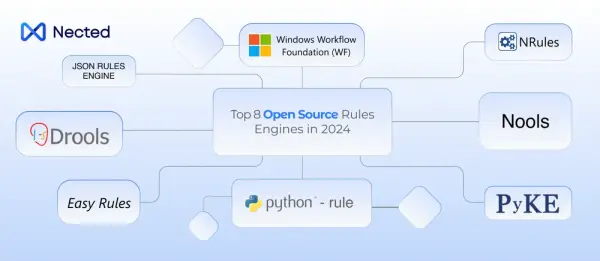




.svg)


.png)

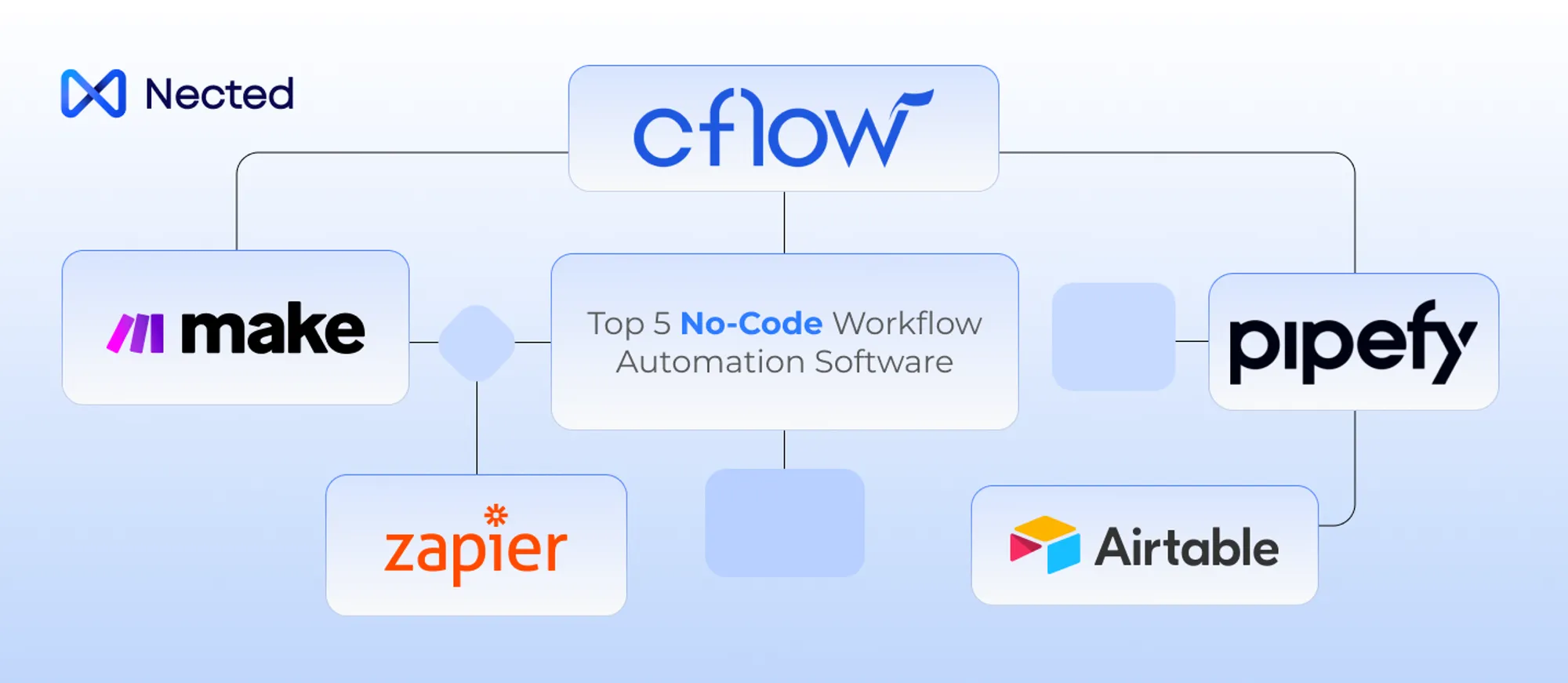
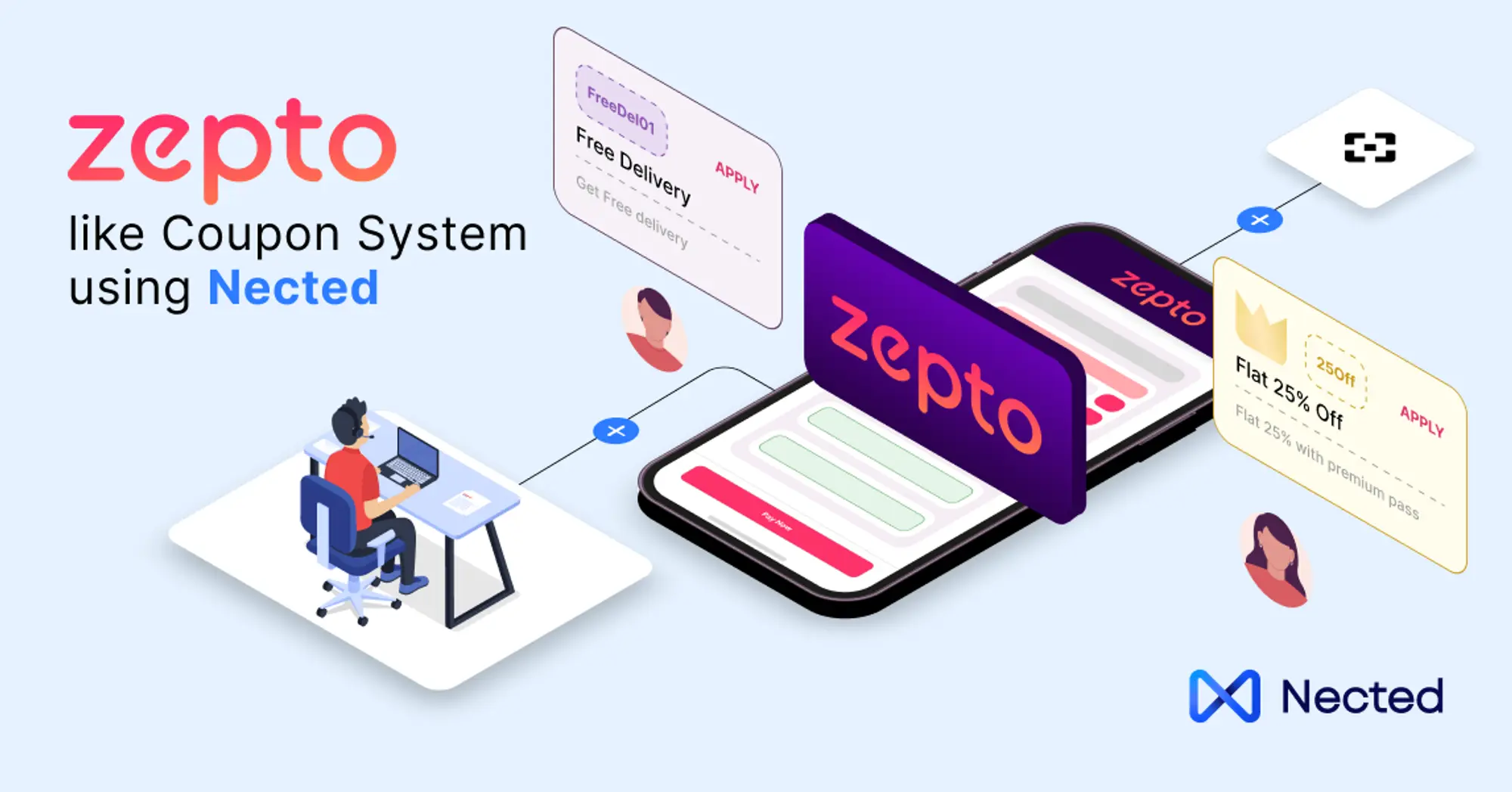
.webp)
.webp)

.webp)


.svg)





.webp)
.svg.webp)


.png)

_result.webp)
.webp)
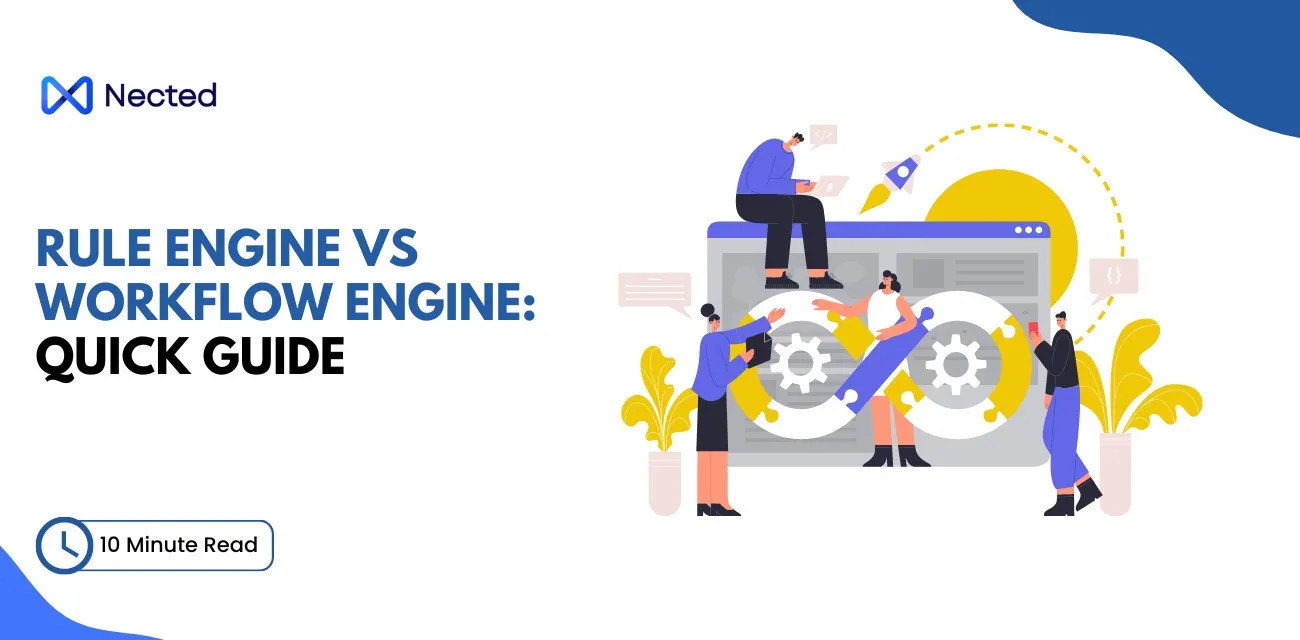
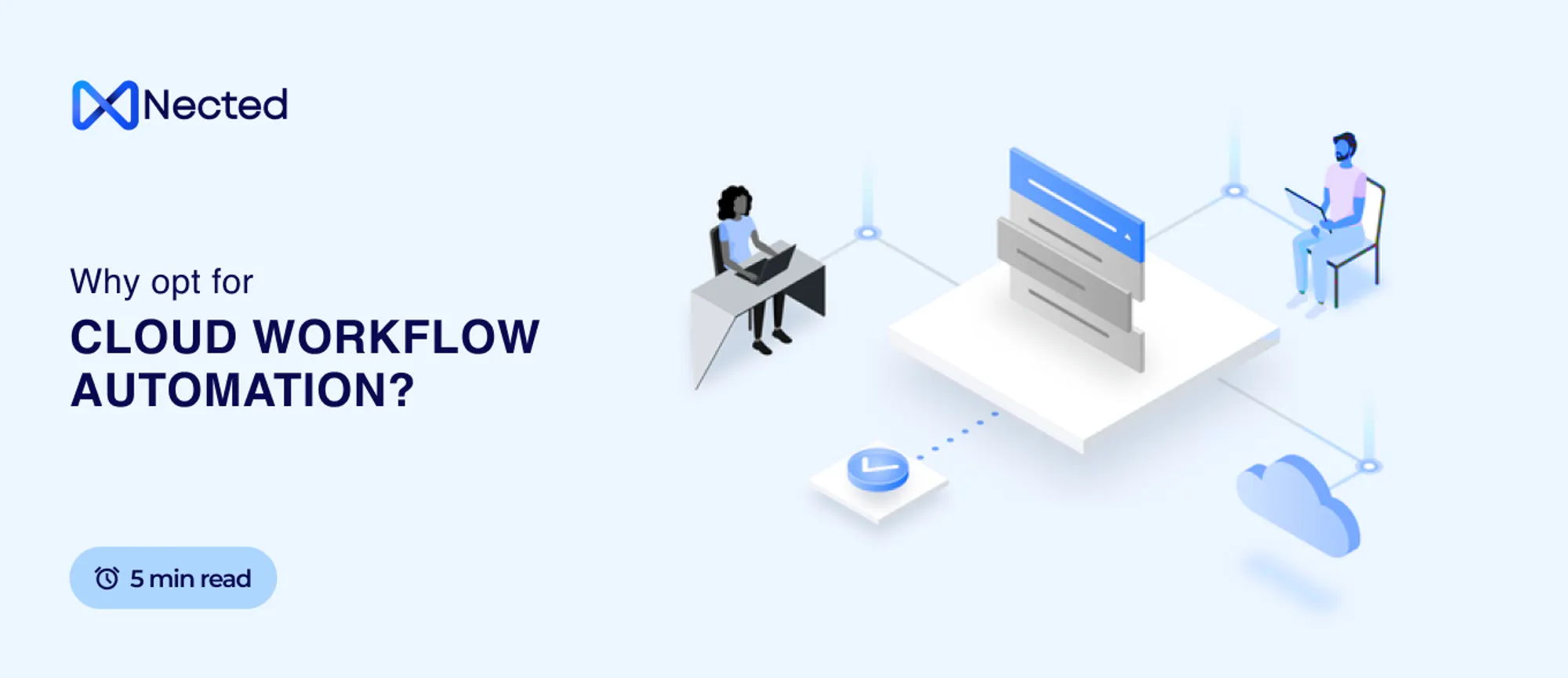
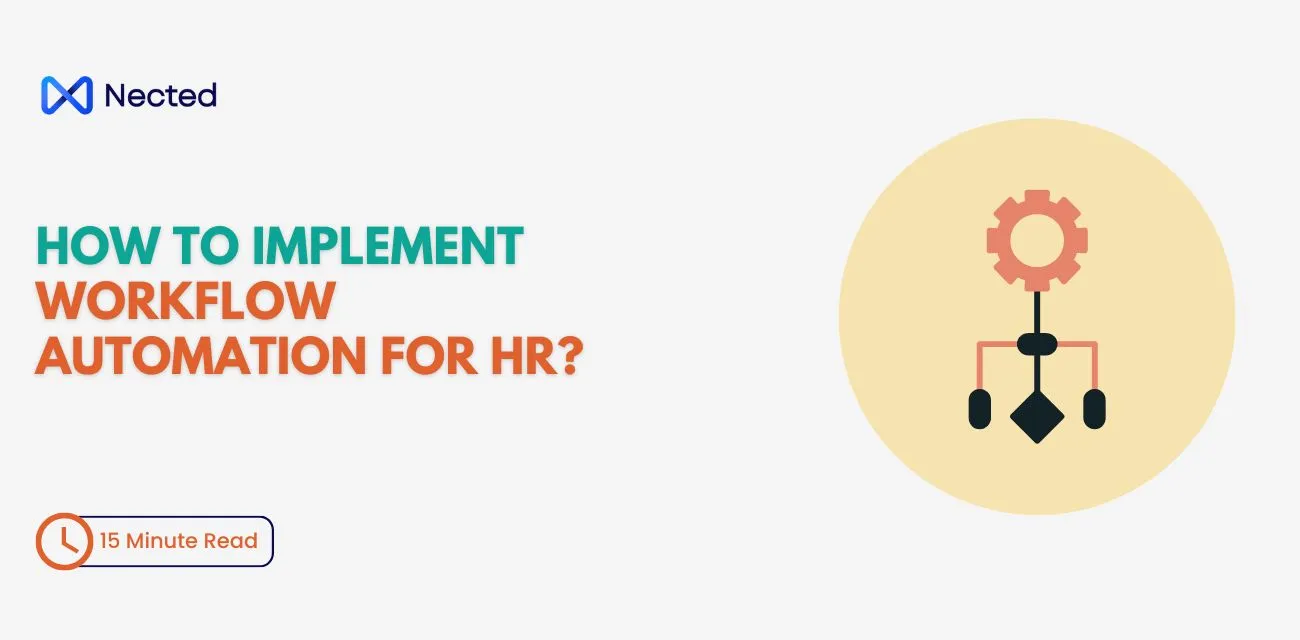
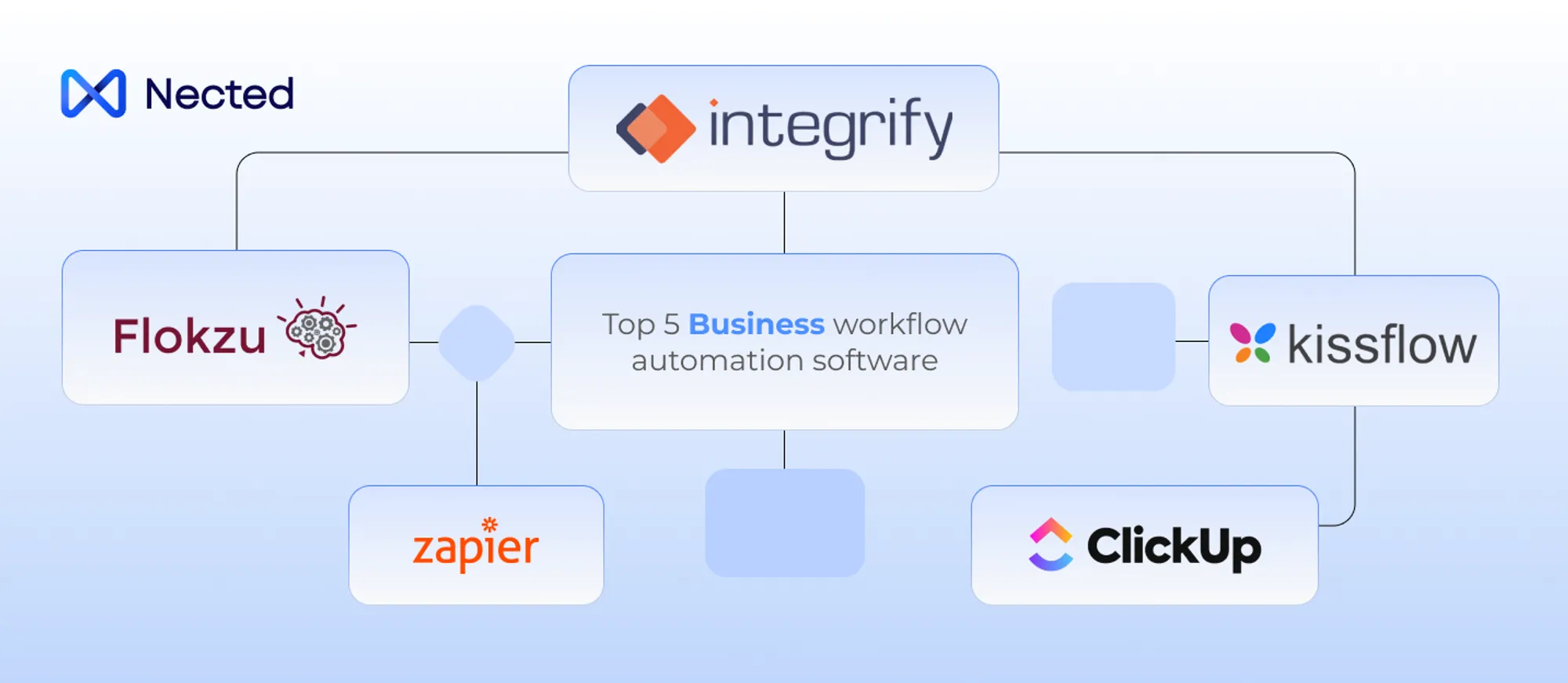
.webp)


%20m.webp)
.webp)
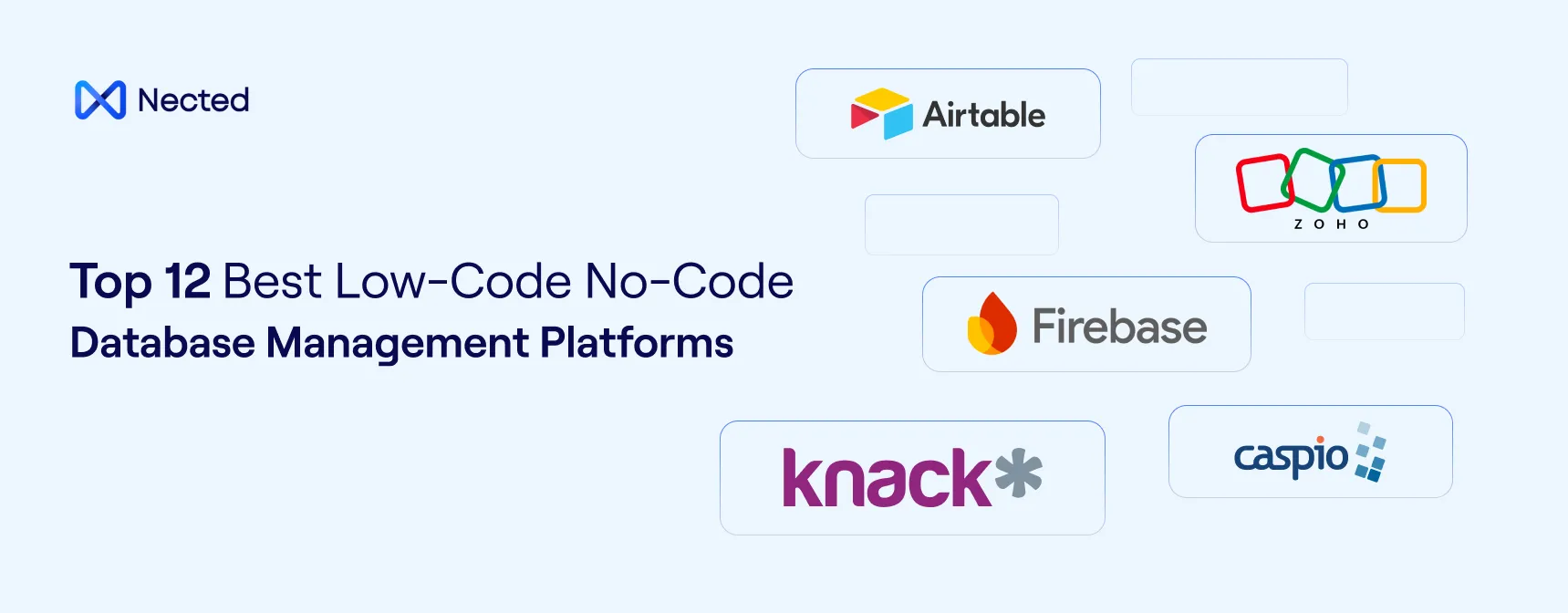

.webp)
.webp)


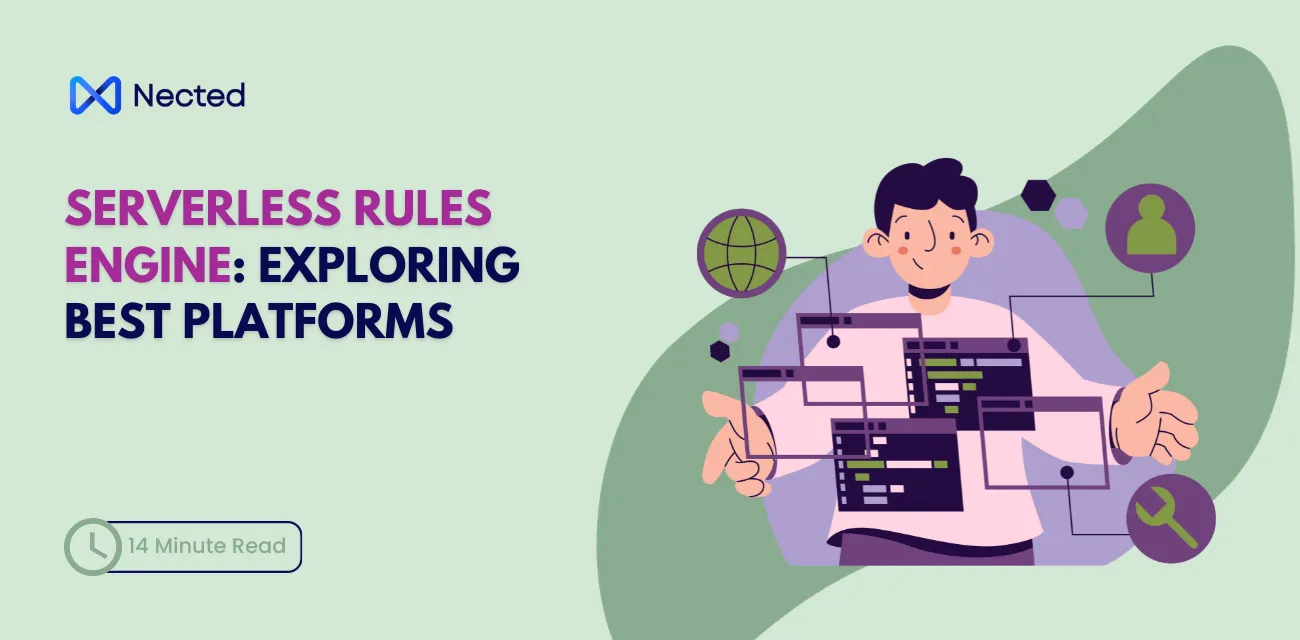



%20(1).webp)
